Tag: Airway Management

COVID-19 Airway Management and Ventilation Strategy for Critically Ill Older Patients
This book describes the issues and challenges that clinicians encountered in the management of older critically ill patients during the COVID-19 pandemic, and offers practical information on how to manage them. Older... read more

Emergency Department Crowding Impact on Lung Protective Ventilation
Obtaining definitive control of the airway, when indicated, is the responsibility of the emergency medicine physician. Traditionally patients were managed on the ventilator with lung volumes of 10 – 15 ml/kg. However,... read more

Improving Intubation Performance with Airway Registries
Airway registries are used as a crucial tool to monitor and improve intubation performance and patient care. ED airway registries inform and document the efficacy of quality improvement initiatives to improve intubation performance... read more
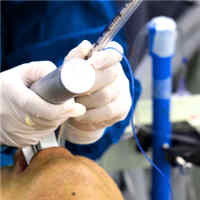
Improving Outcomes in Patients with Difficult Airways
Evidence indicates that the airway community has successfully conquered the anatomically difficult airway, as these patients are managed safely with a low incidence of morbidity and mortality. In contrast, the literature... read more

Physiologically Difficult Airway Evaluation
Multiple international airway societies have created guidelines for the management of the difficult airway. In critically ill patients, there are physiologic derangements beyond inadequate airway protection or hypoxemia.... read more

Safe Tracheal Extubation After General Anesthesia
Tracheal extubation generates less interest than tracheal intubation. Research, guidelines and clinical anecdotes tend to focus on airway management at the beginning of anesthesia, and it is rare for the challenges of extubation... read more
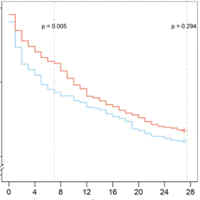
Etomidate vs. Ketamine for Emergency Endotracheal Intubation
While the primary outcome of Day 7 survival was greater in patients randomized to ketamine, there was no significant difference in survival by Day 28. A prospective, randomized, open-label, parallel assignment, single-center... read more
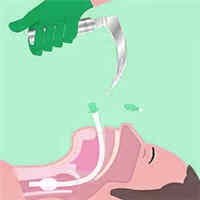
Endotracheal Intubation vs. Supraglottic Procedure in Pediatric OHCA
The findings of this large cohort study suggest that endotracheal intubation (ETI) in pediatric out-of-hospital cardiac arrest (OHCA), although performed by trained physicians, is associated with a worse outcome, regardless... read more
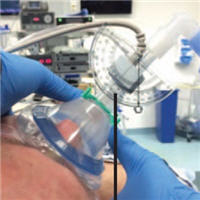
Head Rotation in Anaesthetised Apnoeic Patients Significantly Increases Mask Ventilation Efficiency
Head rotation of 45° in anaesthetised apnoeic adults significantly increases the efficiency of mask ventilation compared with the neutral head position. Head rotation is an effective alternative to improve mask ventilation... read more
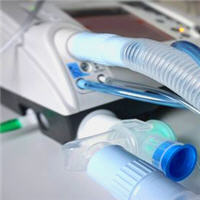
Discordance Between Respiratory Drive and Sedation Depth in Critically Ill Patients Receiving Mechanical Ventilation
Sedation depth is not a reliable marker of respiratory drive during critical illness. Respiratory drive can be low, moderate, or high across the range of routinely targeted sedation depth. 56 patients undergoing 197 bedside... read more
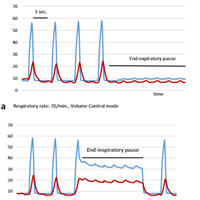
When Could Airway Plateau Pressure is Acceptable in ARDS Patients?
Limitation of plateau pressure (Pplateau) is critical for pro-tection from ventilator-induced lung injury in patients with acute respiratory distress syndrome (ARDS). Limiting to a 30 cmH2O threshold is a widely accepted... read more
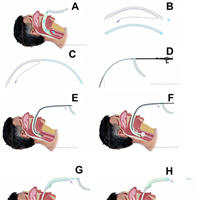
New Device for Intubation Through a Laryngeal Mask Airway
On review of the literature, it is abundantly obvious that an endotracheal tube (ETT) with a posterior-facing bevel and curved or tapered tip to center the tube on the scope and reduce hang-up is ideal for intubation over... read more

The Bougie as an Airway Savior
Ever since the BEAM (Bougie Use in Emergency Airway Management) trial was published in JAMA in 2018, the use of the bougie has become increasingly mainstream. Some of the advantages of using a bougie are known, but there... read more

Current airway management practices after a failed intubation attempt
The majority of second intubation attempts were undertaken by emergency consultants and registrars. A change from a non-consultant intubator to a consultant intubator of any specialty for the second attempt and intubation... read more



